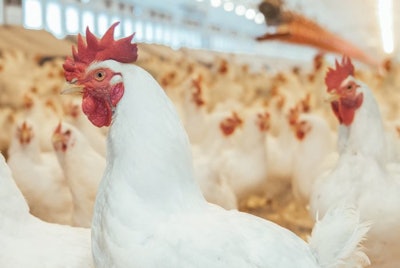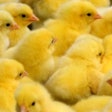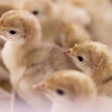
Finding ways to improve broiler hatchability rates has been a common topic of discussion in the industry during the past several years.
It’s a challenge that’s has the attention of Novus International, said Bob Buresh PhD, the company’s executive technical services manager.
Why the decrease in hatchability?
The United States Department of Agriculture (USDA) in October 2023 reported average hatchability at 80.4%.
Some believe the lower hatchability rates began during the height of the COVID-19 pandemic, when demand for chicken meat was reduced. Because of this, integrators were forced to cut back to accommodate the decreased consumer demand. According to Buresh, much of this was achieved by reducing broiler breeder placements and selling breeder flocks into production early. Then, when the demand for chicken rose, there was not an adequate breeding stock supply to meet the demand for breeder hatching eggs.
As a possible result, Buresh said, all breeding stock (male and female) could have been pushed to their limits.
Are there nutrition interventions that can help?
Buresh said there had been limited research on breeder nutrition, particularly with the current high-yield and high-performing genetic lines.
The poultry industry has committed substantial resources to gain a more thorough understanding of the optimal nutrition needed to maximize broiler performance, Buresh added that hasn’t necessarily been the case with breeding stock nutrition.
“Evaluating breeder nutrition programs requires substantial resources and time, but I feel that all aspects of traditional breeder nutrition should be challenged, including major nutrients such as amino acids and energy, along with micronutrients such as vitamins and minerals,” he said. “Some of the answers may not be found in new additives but in a better understanding of how to provide the most available sources of all nutrients to the birds with products already on the market.”
Because managing breeder performance is a long-term process with many factors to consider, no single strategy or supplement will solve the issue of lower-than-desired hatchability rates.
 Bob BureshCourtesy Novus International
Bob BureshCourtesy Novus International
Feed supplements that show promise
Research from Novus has shown that the inclusion of highly bioavailable zinc, manganese and copper as MINTREX Bis-Chelated Trace Minerals in the diets of breeder hens has resulted in improved production and hatchability.
These results have been seen in controlled pen trials and more extensive field-scale trials over the full production cycle, said Buresh. Trials have repeatedly shown egg production improvements of at least 1%, improvements in hatchability of greater than 1.5% and a subsequent increase in hatched chicks per hen.
“We believe these improvements are due to the unique 2:1 chelated structure with methionine source HMTBa. The structure means the minerals have a high degree of protection and stability in the digestive tract, which reduces interaction with antagonists in the bird’s gut, ultimately delivering more minerals to the absorption site,” Buresh said.
However, he added that inorganic trace minerals are still widely used by the industry because of their lower cost and perceived return on investment.
Pay attention to mycotoxins
Buresh also cautions that excessive levels of anti-nutritional factors, such as mycotoxins, can negatively impact breeder performance.
While he notes that mycotoxin challenges are difficult to avoid entirely, he does say detecting and managing them should always be a part of poultry producers’ goals.
Water quality
Buresh said that while water quality should always be a concern for producers, its role is not apparent in the issue of hatchability.
He recommends producers be aware of the water quality in the houses, and to do “everything feasible to ensure the water available to the birds is of the highest quality.”


















